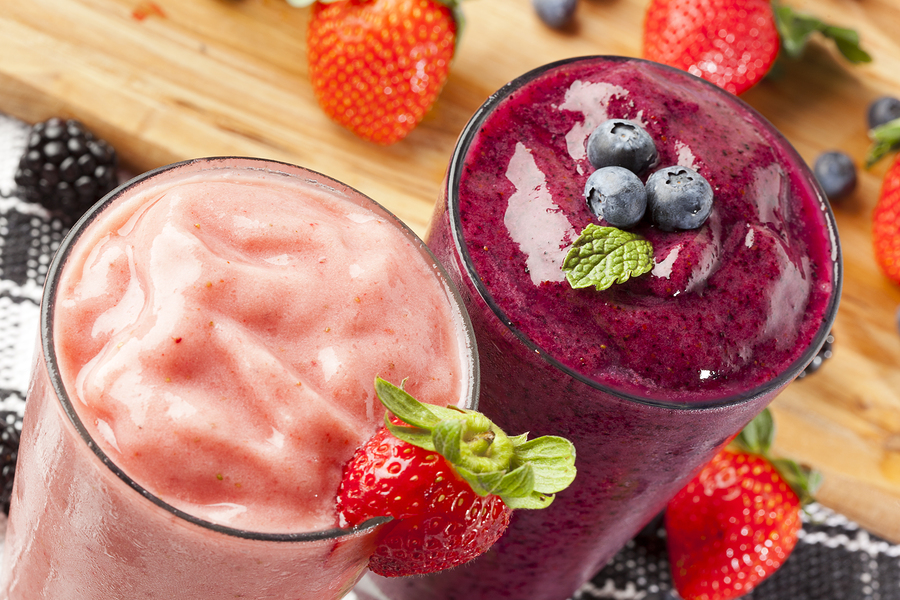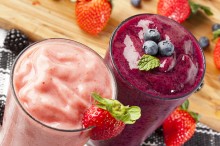Stop running with the herd – adapt and improve your training with good nutrition!
 Hurling yourself into a fitness regime, whether it involves running or any other form of exercise, will not compensate for the everyday challenges to your health. It is more likely to overload your body and deplete your core energy if it is done without the correct nutritional support. Always give due consideration to supporting and protecting your body as you embark on any fitness challenge as this will help you to achieve your goals without sacrificing your vitality and immune system along the way.
Hurling yourself into a fitness regime, whether it involves running or any other form of exercise, will not compensate for the everyday challenges to your health. It is more likely to overload your body and deplete your core energy if it is done without the correct nutritional support. Always give due consideration to supporting and protecting your body as you embark on any fitness challenge as this will help you to achieve your goals without sacrificing your vitality and immune system along the way.
So how do you do it? One way is to ensure that you manage your blood sugar levels and prevent your body from ‘screaming’ as it endures the blood sugar roller-coaster.
Here are my 4 top tips to prevent blood sugar dips during and after exercise*:
1. Glycogen loading the night before the activity
What does this mean? It is about creating a reserve of energy for use in bursts of physical activity within the following 24 hours. How do you do this? You can be as creative as you like as the weeks roll by. Variety is the spice of life. Use the following proportionate template when preparing your evening meal.
- 15 % protein – Choose from chicken, oily or white fish, pulses/ beans or eggs.
- 30% complex carbohydrate – Choose from whole grain pasta, spelt pasta, quinoea, couscous, brown rice, or brown rice noodles.
- 55% vegetables – A combination of root, stem and leaf vegetables, mixing up the colours.
- Add 1- 2 dessert spoons of olive oil.
2. Before the activity
Do not exercise or run on a full stomach. Blood needs to go to the digestive tract to digest and assimilate your meal. During exercise the blood needs to divert to the muscles to provide oxygen and carbohydrate in order to provide energy. If your meal digestion is interrupted, the food will lie heavily in your stomach and cause problems.
However, pre-activity you will need some top up energy. Try a smoothie. They are easy and quick to digest meaning all the carbohydrate can get to the muscles quickly without the need for a long digestive process.
Fruit Smoothie Recipe – one of my personal favourites!
- 1 banana – slow release sugar to give you energy during the run
- 3 dessert spoons of oats – also a slow release sugar
- Small handful of blueberries – full of antioxidants
- Small handful of raspberries – helps stop muscles/joints getting sore after exercise
- 1/2 teaspoon of flax seed oil
- 1/2 a teaspoon of manuka honey – quick sugar release and protection of the immune system often depleted with high activity
- Natural live yoghurt – protein to help with energy release
- Add a mixture of apple juice and water (quantity as to preference of texture)
Blend all the ingredients in a liquidiser. This should make up a mixture of between 0.5 and 1 litre. Take half of the mixture 30-45 minutes before your activity and store the remainder in a flask preferably in a fridge.
3. Eat within 45 minutes of a run
You have used most of your complex carbohydrate supply and now need to reload to prevent a blood sugar dip. When the blood sugar dips you are more likely to feel the inclination to reach for a sugary snack or drink, which is not beneficial to your blood sugar control in the long run. It is better to take the other half of your smoothie mixture at this time.
4. Rehydration
Make sure you drink roughly 2 to 2.5 litres of water throughout this day. Drink away from, not with food and make sure that the water is not cold. It should be tepid to prevent it from interfering with your digestive function.
This is only one step towards maximising your training potential. Everyone’s body is unique. The key to good health energy and fitness is to understand the particular limitations and weaknesses in your physiology. Overcoming your limitations is far easier than you may expect. Whether you are a novice to exercise, an experienced runner or your only desire is to gallop around the Serengeti chasing wildebeest, there is no substitute for specialised personal guidance.
* Individual sensitivities or contraindications may mean that these suggestions are not appropriate and specialist advice should be taken if you are in any doubt.









Great content! This is exactly the sort of thing I was looking for. Thanks for your help 🙂